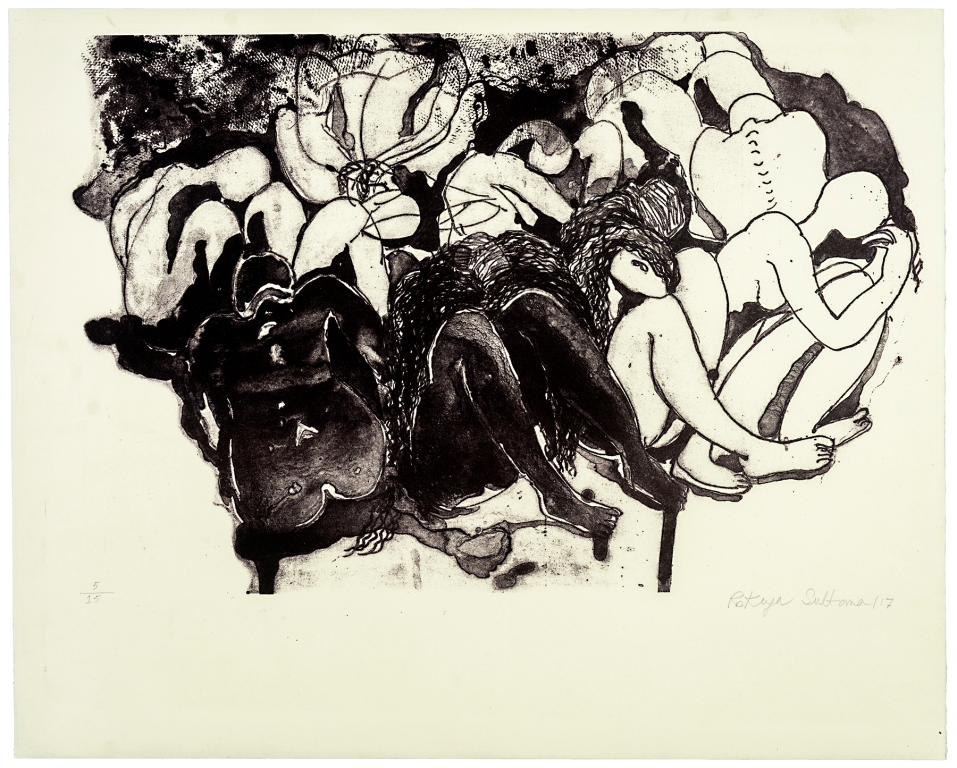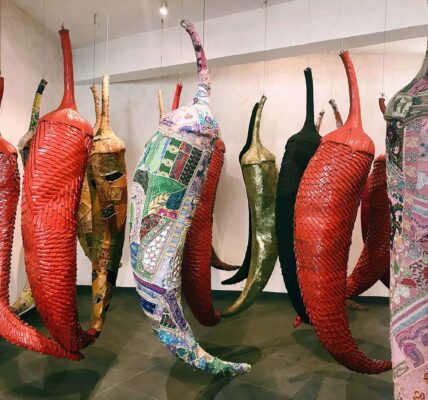AURA Art Shubhalakshmi Shukla
Drawing upon the ever changing flow of
water and its influences on the artistic creativity,
reviews the changes
in the time and tides of Indian traditional and
contemporary art over the decades on display at
the Aura Art Show 2013.
The metaphor of water is so strong in South East Asian cultures that it
cuts the density of bread. Water cuts landscapes and shapes geographies.
Water purifies ailing bodies as it cleanses the Aura.
I am explicitly referring to the naïve representation of the river Ganga
in the AURA Art Show 2013. While the momentary retinal delight in the
works of Tejinder Kanda fills the mind of the onlooker with celebrative
and colourful Indian landscapes, his naivety to represent water fills my
eyes with blood. I wonder how an artist sees the river churning so pinpointedly
at the surface level?
I enter the show at Jehangir Art Gallery with Tejinder Kanda’s oil
on canvases. Water of the river Ganga and the Ghats of Banaras, cycle
rickshaws and the paan shops on a brooding, rainy evening in Kanda’s
painting makes you think what you must filter out from these colourful
spatial cognizance which Banaras seems like. Often one comes across the
language ”Who the hell are these rickshawalas?”. But one day, suddenly,
the same rikshawala attracts your attention by simply ‘not looking’, ‘not
hearing’ and ‘un-responding eyes’. The memory of Banaras ghats brings
to mind a call for a silent solitary walk. The linguistic choices of renowned
musicians, lyricist, poets of the Bollywood that evolved from (Varuna +
Assi rivers) – the landscape of Varanasi; and the sardonic presence of death
fills the silence within the mind. Ganga silently retains its philosophical
poise as the musicians, poets and artists-philosophers watch her abuse,
and yet, a confrontational stance. We are living in the times when either
water can ask questions to us or vice versa.
I see Jyoti Bhatt’s work ‘Mask’ in this light. Jyoti Bhatt’s work


